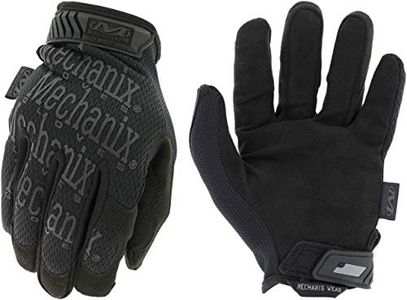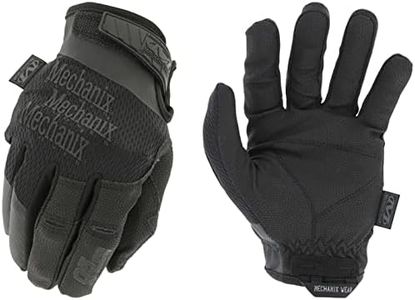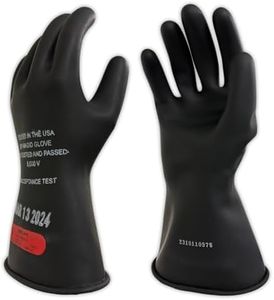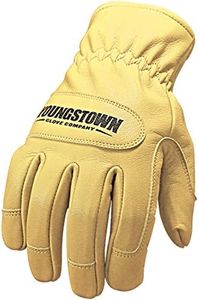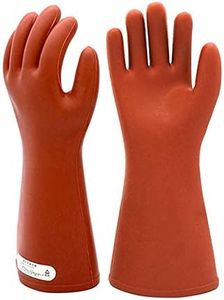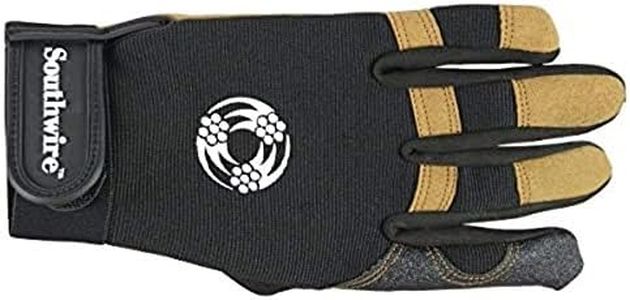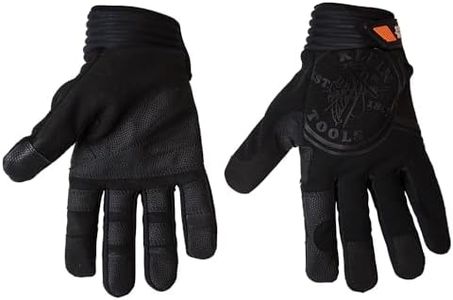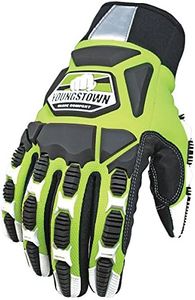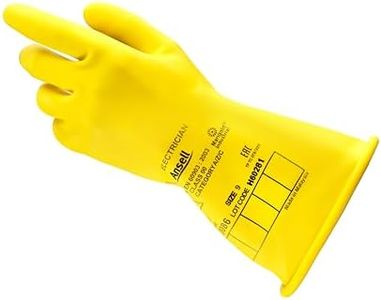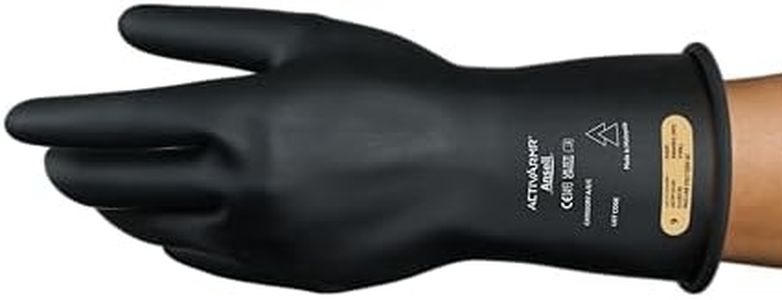We Use CookiesWe use cookies to enhance the security, performance,
functionality and for analytical and promotional activities. By continuing to browse this site you
are agreeing to our privacy policy
10 Best Electrician Gloves
From leading brands and best sellers available on the web.Buying Guide for the Best Electrician Gloves
Choosing the right electrician gloves is essential for anyone working with electrical wires, outlets, or equipment. The right gloves provide not only protection against electric shocks but also comfort and dexterity for handling tools and wires safely. To make an informed choice, you need to consider several important specifications. Understanding how each spec impacts your safety and efficiency will guide you toward the best gloves for your needs.Insulation RatingThe insulation rating of electrician gloves indicates the maximum voltage level they are designed to protect against. This is important because using gloves with too low a rating can put you at risk of electrical shock, while excessively high ratings might mean bulkier and less flexible gloves. These ratings are usually divided into classes, such as Class 0 (up to 1,000 volts), Class 1 (up to 7,500 volts), and so on. To choose the right rating for you, determine the highest voltage you will work with and select gloves rated slightly above that level for extra safety.
Material TypeElectrician gloves are usually made from rubber, leather, or a combination of both. Rubber provides the essential electrical insulation, while leather is often used as an outer layer to protect the inner glove from physical damage. The choice of materials affects durability, comfort, and protection against both electrical and physical hazards. If you need great flexibility and are working in environments free of sharp objects, pure rubber may suffice. For rugged work, opt for gloves with both rubber and leather layers.
Dexterity and FitDexterity and fit refer to how easily you can move your fingers and grip tools while wearing the gloves. This is crucial because poor dexterity can make it harder to handle wires or tools safely. Gloves come in various sizes, and some are designed to be thinner and more form-fitting, while others may be thicker for higher protection. Choose a pair that fits snugly but does not restrict movement, matching the size to your hand and the thickness to your need for fine or heavy work.
Cuff LengthCuff length is the measurement of how far up your arm the glove extends. This is important for protection not just of your hands, but also your wrists and lower arms from accidental contact with live wires or other hazards. Cuff lengths can vary from short, wrist-length gloves to long, elbow-length gloves. Pick a cuff length based on your working environment and the likelihood of accidental contact with electrical sources beyond your hands.
Standards and CertificationStandards and certification indicate whether the gloves have been tested and approved for electrical work. Recognized standards include ASTM, IEC, and EN. This spec matters because certified gloves have undergone rigorous tests for insulation, durability, and safety. Always look for gloves that meet or exceed the standards required in your region or by your employer, as this ensures they are reliable for the tasks you perform.
Durability and MaintenanceDurability and maintenance concern how long the gloves last and how they should be cared for. Gloves that withstand wear and tear last longer and provide consistent protection. Some gloves also require routine testing or inspection for cracks and wear. Think about the kind of work you'll be doing—if it's heavy-duty, look for increased durability. Also, consider whether you are able and willing to follow any care routines, including regular testing or proper storage.
